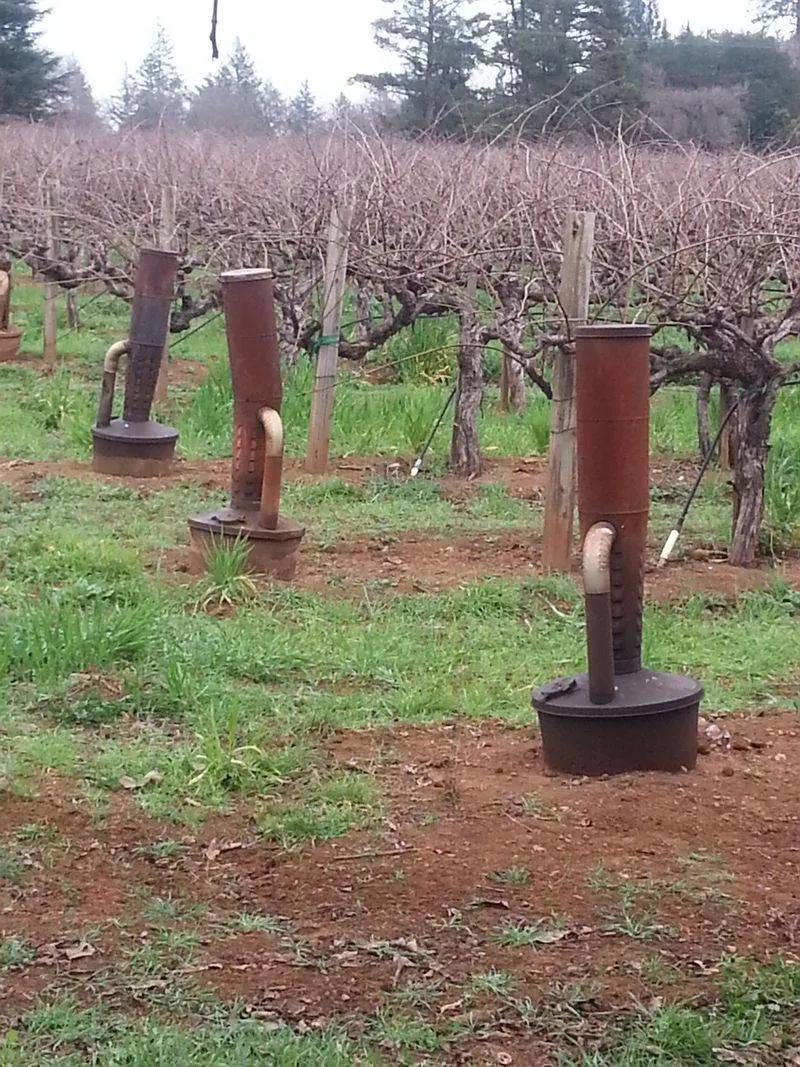Frost can be a gardener’s worst enemy, especially when it threatens to damage your fruit trees and ruin an entire season’s hard work.
Whether you’re a backyard grower or a small-scale farmer, understanding how to protect your fruit from frost is essential for preserving your crop and ensuring a successful harvest.
In this guide, we’ll share six proven methods to shield your fruit trees from frost damage.
These practical and effective techniques will help you safeguard your plants and keep your garden thriving, even in chilly weather.
Mulching

Mulching acts as a protective blanket for the soil, helping to retain heat and moisture. A thick layer of organic materials like straw or wood chips around the base of fruit trees can significantly reduce root damage during cold spells.
Mulch not only insulates the soil but also prevents weeds, ensuring your tree gets all the nutrients it needs.
Applying mulch before the first frost is crucial. By doing so, you create a buffer against sudden temperature drops. Mulch also breaks down over time, enriching the soil with organic matter and promoting overall tree health.
Frost Cloths

Frost cloths offer a simple yet effective barrier against cold air. These lightweight coverings trap heat from the ground, keeping the environment around the tree warmer.
They are breathable, allowing moisture and light to reach the plants, which is essential for maintaining growth.
When using frost cloths, drape them over the entire tree and secure the edges to the ground. This ensures that the heat doesn’t escape. It’s vital to apply the cloths before nightfall to maximize warmth retention, especially during unexpected cold snaps.
Watering

Watering your fruit trees before a frost can surprisingly help in preventing damage. Moist soil retains heat better than dry soil, creating a warmer microclimate around the tree.
Use a sprinkler system to ensure even coverage. It’s best to water in the late afternoon, allowing time for the soil to absorb warmth before nightfall.
However, avoid overwatering, as this can lead to root rot. Consistent soil moisture is key to protecting sensitive roots and blossoms from the harsh effects of frost. This method, while counterintuitive, proves to be quite effective.
Wind Machines

Wind machines are an advanced method for frost protection, ideal for larger orchards. These devices work by circulating warmer air from above to the ground level, preventing cold air from settling around the trees.
They are particularly useful in regions prone to radiational frosts, where clear skies and calm winds lead to rapid cooling.
While the initial investment can be high, the reduction in crop loss often justifies the cost. Wind machines are typically used in conjunction with other methods, like foggers, to enhance their effectiveness and provide comprehensive protection.
Heaters

Heaters can provide direct warmth to your fruit trees, creating an environment that wards off frost. Portable orchard heaters are strategically placed to ensure even distribution of heat across the grove. They can be fueled by propane, kerosene, or electricity, based on what’s most accessible.
While they offer reliable protection, they also require careful monitoring to maintain safe temperatures and prevent fire hazards.
Regularly checking fuel levels and heater placement is essential. Heaters are especially beneficial during sudden, severe frosts, offering peace of mind when temperatures plummet unexpectedly.
Row Covers

Row covers are an excellent option for providing both frost protection and pest control. These covers are versatile, fitting various tree sizes and are reusable season after season. Made from lightweight, breathable fabric, they allow sunlight to penetrate while trapping heat.
Securing the covers tightly at the ground level ensures maximum heat retention. They are particularly effective for young trees and smaller orchards.
This method not only guards against frost but also provides an extra layer of defense against insects and birds, promoting healthier fruit development throughout the growing season.

